There are plenty of interesting places along the Paddington arm that we discovered during our project. Our map highlights a selection of these places, see below for a short description and links to further information.
Click here for best map on devices
We have created this map to help and encourage you to further explore the area, you can access the towpath at many points along the route. You could walk from Paddington Basin to St Mary’s Catholic cemetery (or vice-versa) in less than 2 hours, the route is relatively easy access and is also a cycle path with some amenities along the way.
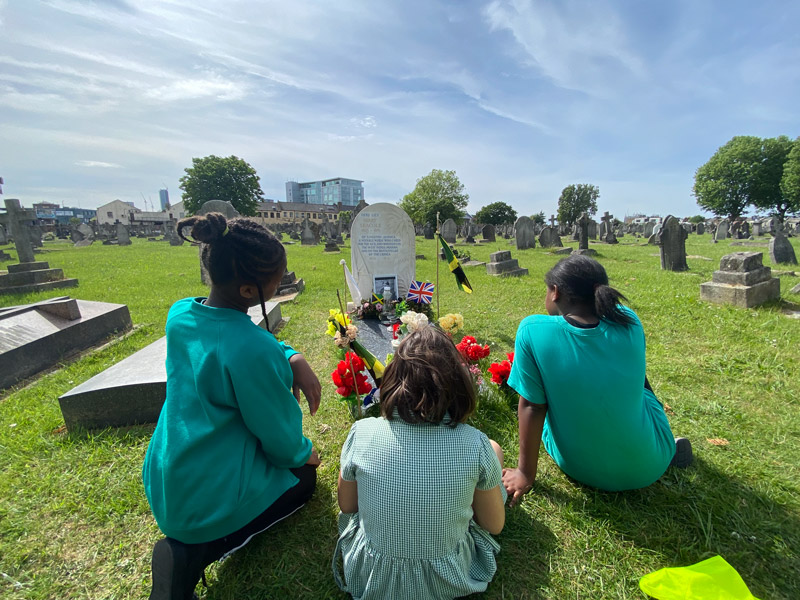
St Mary's Catholic Cemetery, located north of the canal near Willesden Junction, is a sanctuary amidst bustling West London and the final resting place for over 165,000 Roman Catholics. Established in 1858, the cemetery's serene grounds hold the stories of notable figures like Mary Seacole, British spy Peter Ashmun Ames, conductor Sir John Barbirolli, and activist Marcus Garvey. For more information please visit stmaryskensalgreen.co.uk.

Another tranquil oasis amidst bustling West London, is the final resting place for many notable figures, including Charles Dickens and Isambard Kingdom Brunel and some lesser known but interesting people such as: Kelso Cochrane, Dr John Miranda Barry and Lady Byron. Founded in 1833, the cemetery's grounds offer a glimpse into London's Victorian past, with ornate tombs and mausoleums standing testament to the lives of those buried here. For general information please visit kensalgreencemetery.com and for more detail information including short films www.wakingthedead.org.
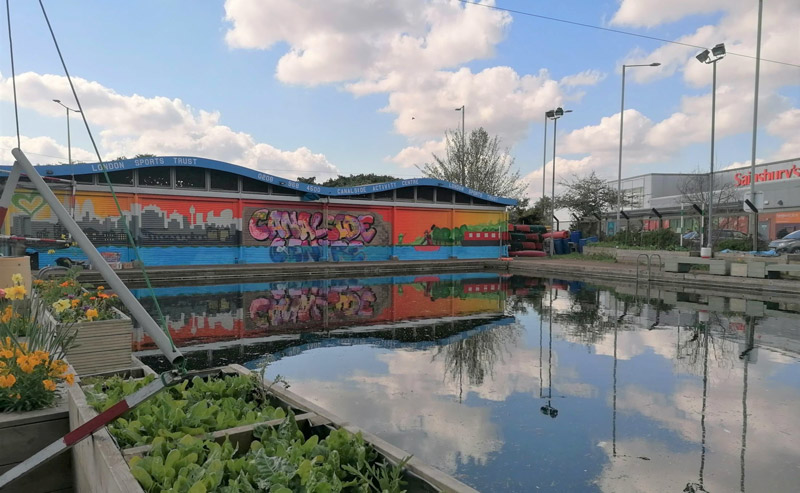
The Canalside Activity Centre is a fun and vibrant outdoor hub, offering a wide range of activities for all ages and abilities. From kayaking and canoeing to archery and climbing. The centre is run by London Sports Trust and home to Urbanwise.London.
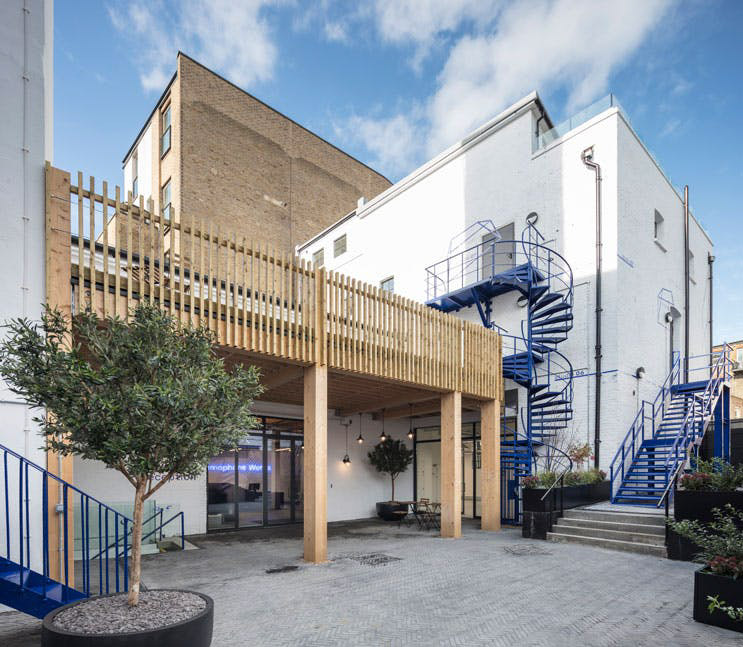
A former gramophone production centre in North Kensington, was a hub of cultural and technological innovation in the late 19th and early 20th centuries. In the 1970s, it became home to Saga Records, who bought Trojan Records in 1975, becoming the number one producer of reggae music in Europe. It was a popular recording destination for reggae and dub musicians, including King Tubby and Lee Scratch Perry. Their experimental use of the studio's recording and mixing equipment helped to shape the sound of dub music, which continues to influence artists today.
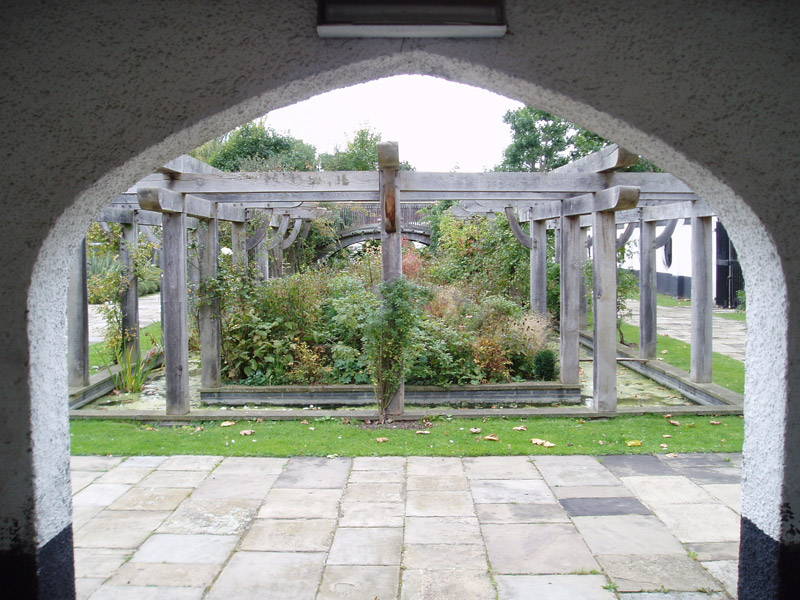
A public park in Kensal Green, London. It is named after Emslie John Horniman, a local politician and philanthropist who donated the land for the park in 1911. The park is known for its beautiful gardens, which include a walled garden in the Arts and Crafts style. The name of the park is interesting because it is a reference to the Old English word "pleasance", which means a place of pleasure or recreation.
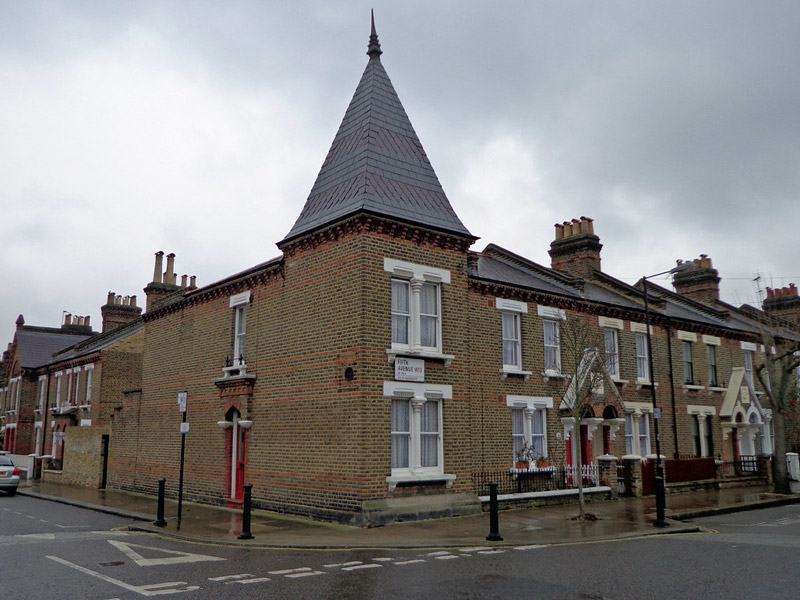
The Queen's Park Estate in London, built between 1875 and 1881, is a significant example of early social housing in England. Built by The Artizans, Labourers & General Dwellings Company which was established in 1867 by William Austin. The estate was intended to be a model community, with wide streets, well-maintained gardens, and a variety of amenities. The houses were well-built and spacious including features such as running water and indoor toilets that were still rare in working-class homes at the time. Today, the Queen's Park Estate remains a thriving community with a diverse population.
For more information please visit Queen's Park and Queen's Park Estate.

A set of stone steps that offer a unique perspective of the surrounding area, including the nearby Ha'penny Bridge. The bridge, originally named the Wellington Bridge, was built in 1816 and was renamed the Ha'penny Bridge in the early 20th century, after the half penny toll that was charged to cross it. The bridge offers a unique perspective on the surrounding area where you can see the spire of St Mary Magdalene Church and Harrow Road.
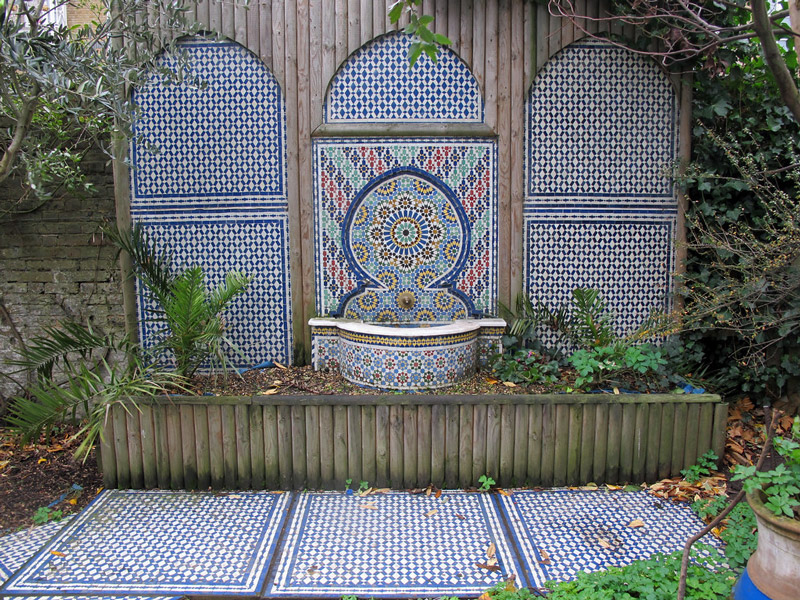
A community garden in North Kensington, London. It was founded in 1976 by Jamie McCullough, a local artist and activist, on a derelict plot of land. The land was owned by the local council, but they had no plans to develop it, so McCullough and a group of volunteers decided to create a garden for the community. The garden was originally named "Meanwhile" because it was only meant to be temporary.
Today, Meanwhile Gardens is a thriving community space that is enjoyed by people of all ages and backgrounds and home to one of London's oldest skate parks!
For more information please visit meanwhile-gardens.org.uk.

A 31-storey Brutalist residential skyscraper in North Kensington, London. It was designed by Erno Goldfinger and completed in 1972. The tower is notable for its distinctive silhouette, with a separate service tower linked to the main block through a raised walkway at every third level. Trellick Tower is an important example of Brutalist architecture, a style that is characterised by its use of exposed concrete and bold geometric forms. The tower was also one of the first major social housing projects in Britain to be built in the Brutalist style.
Trellick Tower is important for its social significance. The tower was built to provide affordable housing for people in North Kensington, which was a relatively poor area at the time. The tower's distinctive design was intended to create a sense of community and pride among its residents.
For more information please visit trellicktower.com/history.

A major road in London that runs from Maida Vale in the south to Acton in the north. It is part of the A4 road, which connects London to Bristol. The Westway was built in the 1960s as an elevated road to relieve traffic congestion on the Great Western Road. The road is known for its distinctive architecture, which is characterised by its use of exposed concrete and its cantilevered design.
While it reduced congestion, it also brought noise, disruption, and destruction to the community. The Westway Trust was set up in 1971 to promote positive use of the spaces under the motorway.
For more information please visit www.westway.org/about-us/history/.
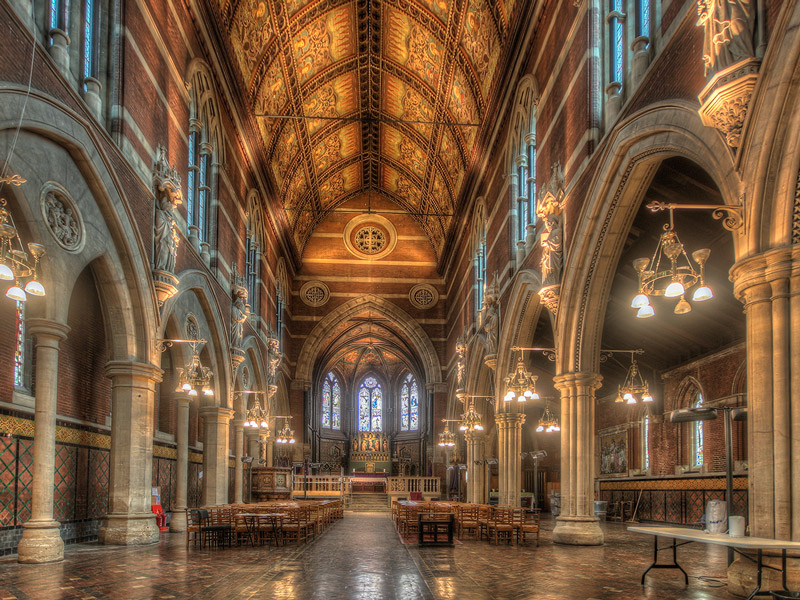
An Anglican church in Paddington, Westminster, built in 1878. It is a notable example of the Gothic Revival style, with a red brick and terracotta exterior and a richly decorated interior. The church has always played an important social role in the Paddington community, providing support to the poor, the sick, and the marginalised. It has also been a centre for social activism and advocacy for social justice. Today, Saint Mary Magdalene Church is a thriving parish church with a diverse congregation. It offers a variety of services and activities, including worship services, Sunday school, and community events. The church is also a popular tourist destination, due to its beautiful architecture and its historical significance.
For more information please visit st-mary-magdalene.co.uk/architecture.
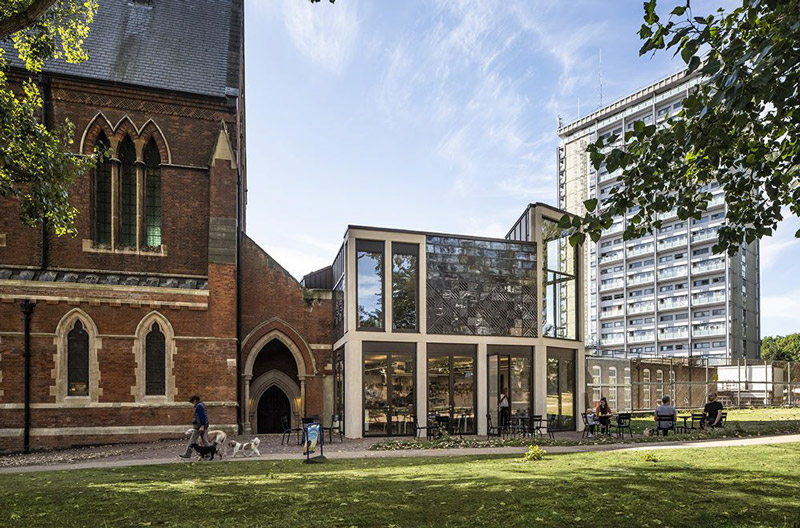
A vibrant community arts and culture hub located in the St Mary Magdalene Church. Grand Junction was founded in 2018 by Paddington Development Trust with the mission to create, foster, and present an eclectic, collaborative programme of music, arts, education, and performance for young people, families, and adults. It offers a wide range of activities and events, including: exhibitions, performances and workshops and classes. It also has a number of community spaces, including a café.
For more information please visit grandjunction.org.uk.
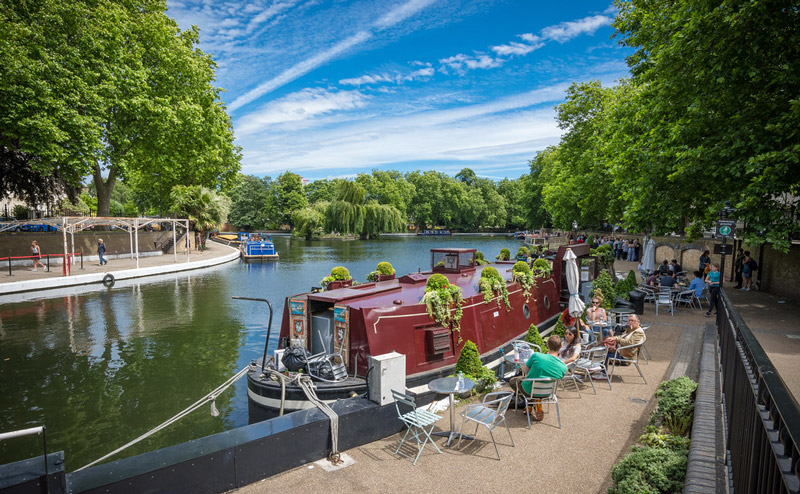
A charming neighbourhood known for its picturesque canals and houseboats. It is located where the Regent's Canal and the Grand Union Canal meet. In addition to the houseboats, Little Venice is also home to a variety of shops, restaurants, and cafes. There are also several bridges that cross the canals, offering stunning views. Little Venice is a popular spot for walking, cycling, and boating. There are also several canal boat tours that operate from here to Camden Lock.
For more information please visit canalrivertrust.org.uk/places-to-visit/little-venice.
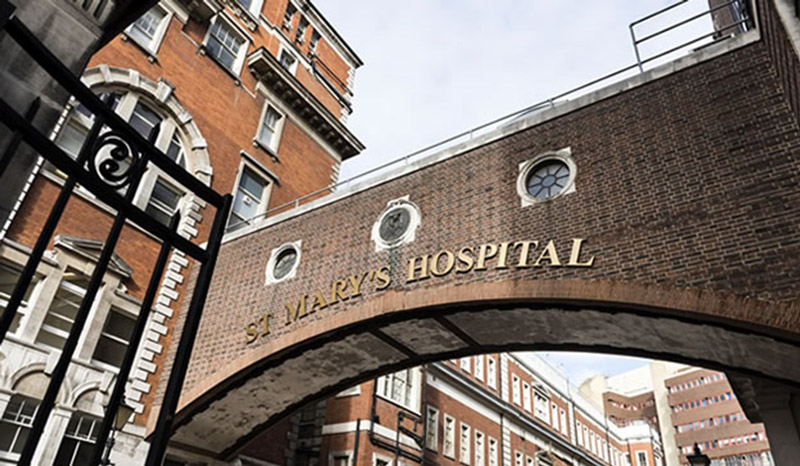
A major hospital in Paddington and part of Imperial College Healthcare NHS Trust, it is one of the largest teaching hospital trusts in the United Kingdom. St Mary's Hospital was founded in 1845 as a voluntary hospital for the benefit of the sick poor of north west London. The hospital opened its doors to patients in 1851, and it has been operating ever since. St Mary's Hospital has a long and distinguished history. It is one of the oldest and most prestigious hospitals in the United Kingdom, and it has played a significant role in the development of medicine. For instance, in 1928, Alexander Fleming discovered penicillin at the hospital, a major discovery and breakthrough in medicine that has saved millions of lives around the world.
For more info about its history please visit Wikipedia/StMary'sHospital.
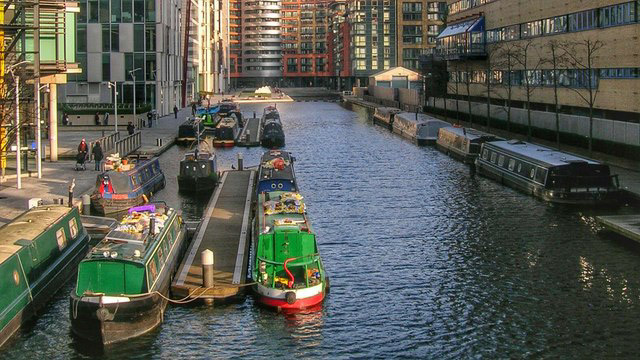
A waterside area in Paddington that was redeveloped in the 2000s is now a popular mixed-use development with residential, commercial, and leisure facilities. The basin is located at the junction of the Regent's Canal and the Grand Union Canal, and is surrounded by a number of modern buildings. Paddington Basin is also a major transport hub including Paddington railway station - a masterpiece of railway engineering designed by Isambard Kingdom Brunel which opened in 1854 continues to serve London as a major transport hub today.
For more info please visit www.thisispaddington.com.